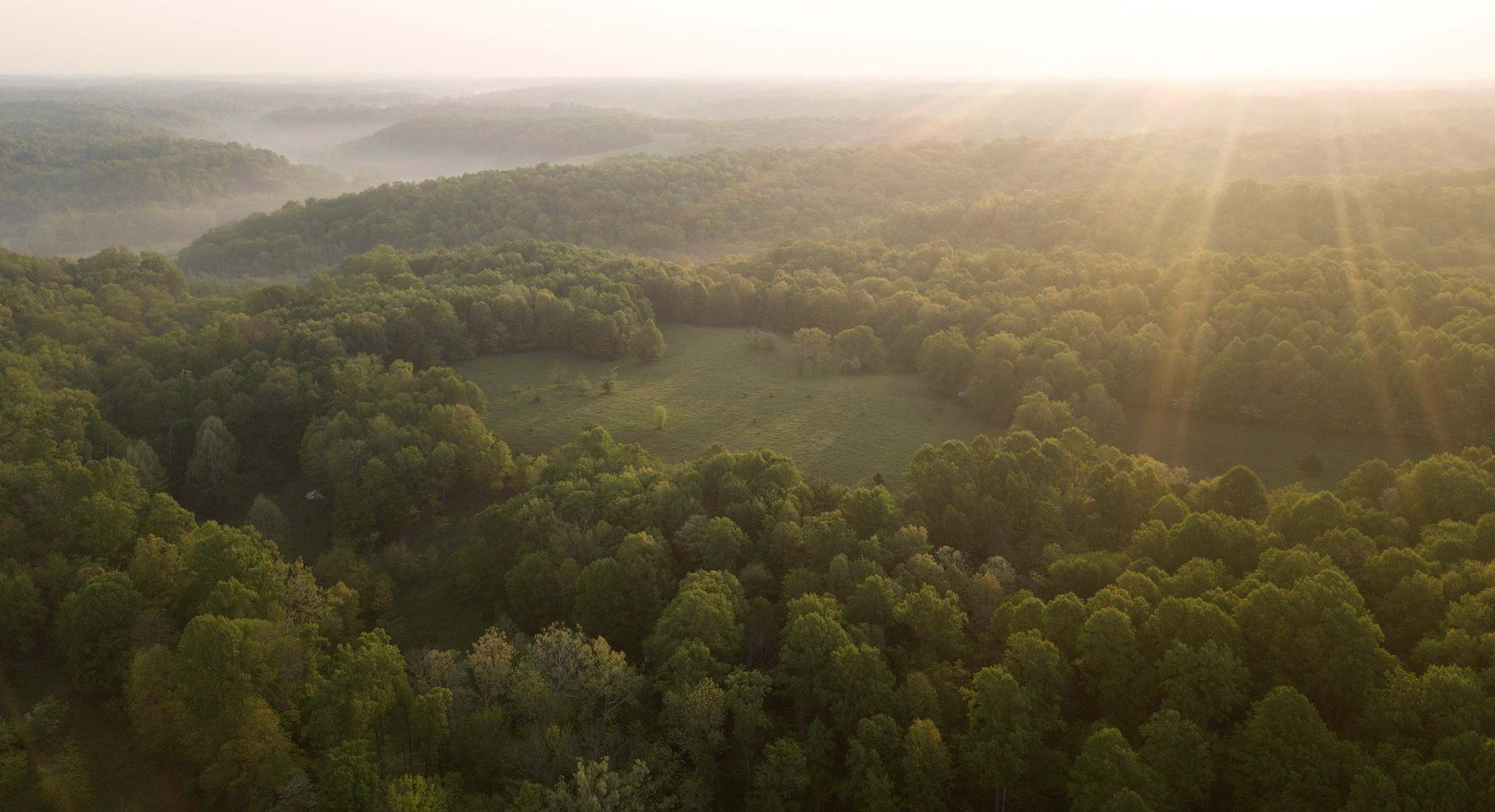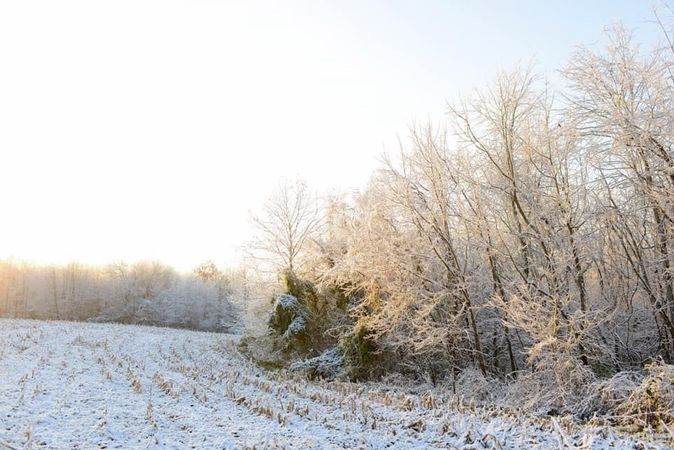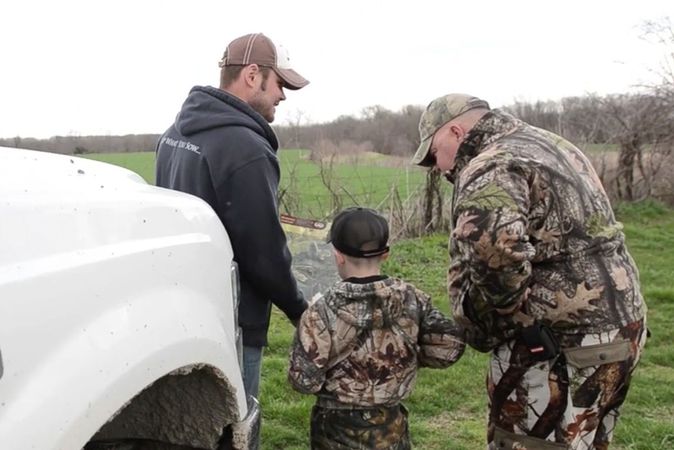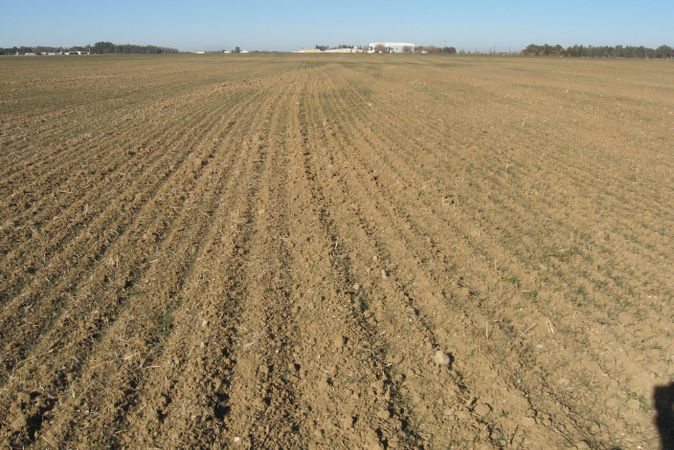Real winter rarely visits the South. In fact, if the mercury hovers too closely to freezing, the barrage of minivans streaming into the grocery store becomes quite comedic. Bread and milk are marched out in droves.
Just this past week, an arctic blast swept through the southland, even bringing some snow. Temperatures stayed in the low 20s and teens for nearly three full days. No doubt heating bills skyrocketed, the dairy industry profited and water pipes froze. On Friday night at our little farmhouse, the water ran freely as usual. By daylight Saturday morning, the faucets merely hissed air without emitting a single drop of water.
It’s not that we’re unequipped to combat the frigid cold; I simply didn’t consider the consequences of stiff north winds and the rapidly dropping temperature. The water tank sits in a connected workshop on the north side of the house. Sure, that’s a factor, but the following items are simple precautions that would have prevented me from rushing to town to buy several gallons of water.
Insulate Pipes
This should be done in the summer. Wrap exposed pipes with insulation, which you can get at the local hardware store. Use duct tape to secure it tightly. Obviously you won’t be able to safely reach every pipe, but the ones that are exposed are the most important. Our pipes are tightly wrapped with insulation, but even that wasn’t enough.
Use Space Heaters
One thing I neglected to do during our recent situation was put a space heater near the water tank. We have both city and spring water, the latter of which is pumped from about 300 yards southeast of the house. Both are filtered through the same tank that, as mentioned, is on the side of the house that takes the brunt of north winds. A space heater could have at least kept the pump room above freezing.
Drip the Faucet
This is a textbook precaution against freezing pipes, but I didn’t do it. I forgot. Didn’t think about opening a faucet, any faucet. Best practice says to open one or more farthest from the tank so that water is forced to travel through the house, thus keeping an active flow through other pipes. Sedentary water is the fastest to freeze, so keep a constant drip.
Dripping the faucet is a huge preventative measure to stop water pipes from freezing.
If They Do Freeze
If your water pipes do freeze, don’t panic. Buy a few gallons of water, depending on the amount of people staying at the ranch or farm and what you plan to do while you’re there - think cooking, cleaning up, general consumption and commode flushes. Get a heater near the water tank as quickly as possible in an attempt to thaw the pipes that enter the house first. In our farmhouse, the kitchen is also on the north side so I opened the cabinets below the sink and placed another space heater there. We were able to cook dinner, breakfast, clean up and dress two deer with less than five gallons of water because we used it sparingly. Hopefully that’s something you’ll take back into everyday life.
Hindsight
Yes, the love/hate of hindsight. It probably would have made more sense to put the water tank on south side of the house where it would be protected from the cold wind. There’s a door to the shed, but a draft still manages to seep through. Also, had I thought through any of the aforementioned suggestions instead of sipping bourbon in front of the fireplace... Well, no need to beat myself up about it.







